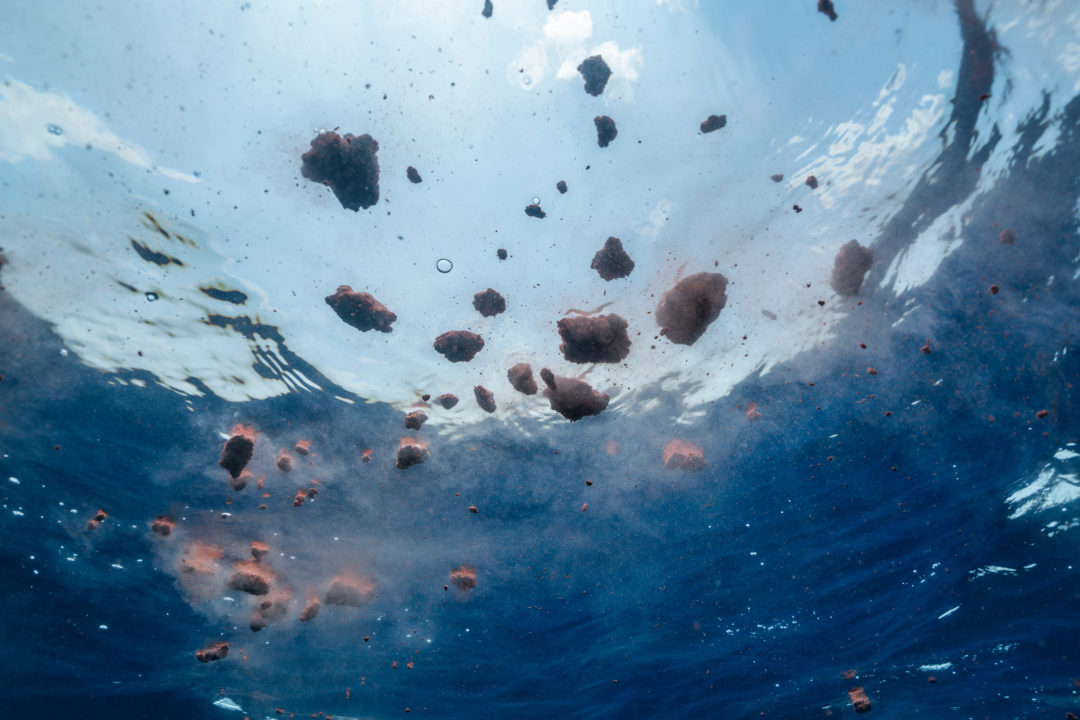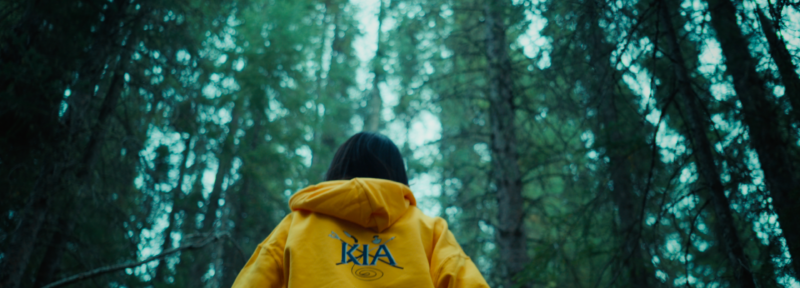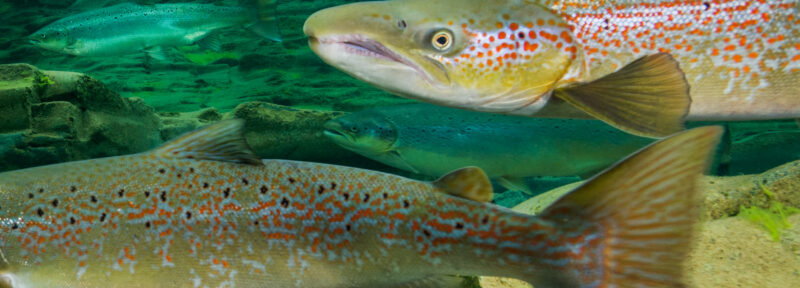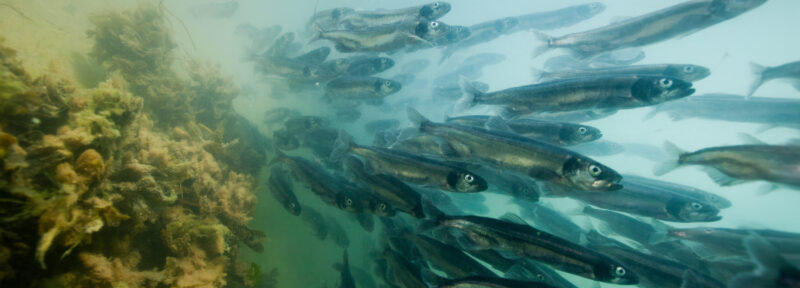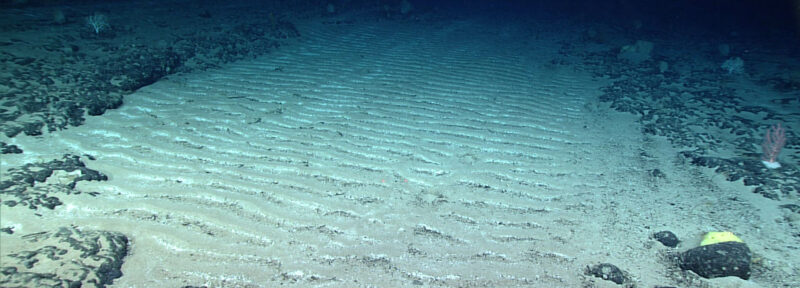Everybody Poops—And That’s Good News for Ocean Carbon Storage
Feces from animals such as blue whales (pictured) play an important role in the ocean's carbon cycle.
Credit: wildestanimal / Adobe Stock
The white flakes fall down lazily, drifting towards the ground. But you might not want to stick your tongue out: we’re deep in the ocean, and you’re looking at “marine snow.” This unending flurry of organic material—a pleasant euphemism for feces, dead creatures, mucus and other detritus—is making its way towards the bottom of the sea, where it’s an important source of food for a variety of scavengers and specialists, from the so-called vampire squid to urchins and sea cucumbers.
Besides being a food delivery service for the deep, marine snow plays another key role in keeping the ocean—and the climate—healthy. It’s part of what scientists call the “biological carbon pump.” It’s a complicated process, but to simplify: phytoplankton near the surface turn carbon dioxide and sunlight into carbon. These phytoplankton then get eaten or die. The creatures that ate them get eaten or die themselves. This process continues as remains and excrement drop into the depths, where the carbon is stored for hundreds or even thousands of years. In fact, the ocean stores up to 20 times more carbon than the Earth’s forests and soils, making it our planet’s most important carbon sink.
Like a lot of things in the ocean, there’s still a lot we don’t know about how this process works. And there’s one component of it that, until recently, hasn’t really received the attention it deserves: forage fish.
Many different small species fall under this label, so called because they are prey for just about everything bigger than them in the ocean, from seabirds to tuna. However, forage fish are one step above the creatures that scientists researching the ocean’s carbon cycle have commonly focused on: plankton, the collective name for the wide array of tiny organisms that drift at the mercy of the waves (and of forage fish).
It is only in the last few years that scientists such as Dr. Emma Cavan, a research fellow at Imperial College London—or Dr. Plankton Poo, as her Twitter bio describes her—have started looking at the role of fish in sequestering carbon. The issue first occurred to her while she was studying krill in the Antarctic. “Krill are small, and there’s lots of them, so they’re part of these biogeochemical cycles,” she says. “But they’re also fished.” So what happens to the carbon when you remove krill (or other fish), as well as their bodily functions, from an ecosystem?
Together with Simeon Hill, a colleague from the British Antarctic Survey, Cavan decided to look at the global impact of fisheries on carbon storage. Their paper found that small pelagic species such as herring, mackerel and anchovy—AKA forage fish—were particularly important. One of the reasons for this is due to their “trophic level,” or their place in the food web.
“Because they’re feeding quite low down the food chain, not a lot of energy or carbon gets lost,” Cavan explains. “And because they’re so abundant, and they’re feeding on this highly organic carbon matter, their fecal pellets can be quite important getting carbon to the deep ocean.” These pellets also sink quickly, more like an anvil than a snowflake, falling at up to 1000 metres per day.
However, forage fish are under a lot of pressure from fisheries. By weight, about 25 percent of all the fish caught in the world are small pelagics. Here in Atlantic Canada, the mackerel fishery was closed last year because of concerns over the stock’s health, and populations of herring and capelin are also in trouble. We know that forage fish are an important part of the ecosystem, but what sort of impact is this having on carbon storage?
The short answer, Cavan says: we don’t know yet. “I almost feel like I could write a research project on any aspect of this topic, because it’s so new.” However, she’s optimistic that one day, we’ll able to incorporate our understanding of how fisheries store carbon into how we manage them. This wouldn’t mean a blanket ban or an attempt to return fish populations to preindustrial levels, but it would give managers the ability to consciously make tradeoffs between the value of fishing and the value of carbon storage.
In the meantime, there’s still so much to learn about the beauty, majesty, and less savoury parts of the ocean. At the end of the interview, I asked Dr. Cavan whether there was any other research she was excited about. “I’m always just most excited about poo,” she says. “And I think we covered it.”
If you’d like to learn more about fish, fisheries and carbon, check out the free workshops being held by the Ocean Carbon and Biogeochemistry Program on March 6, 8 and 9.
Alex Tesar is Oceans North’s communications manager.

